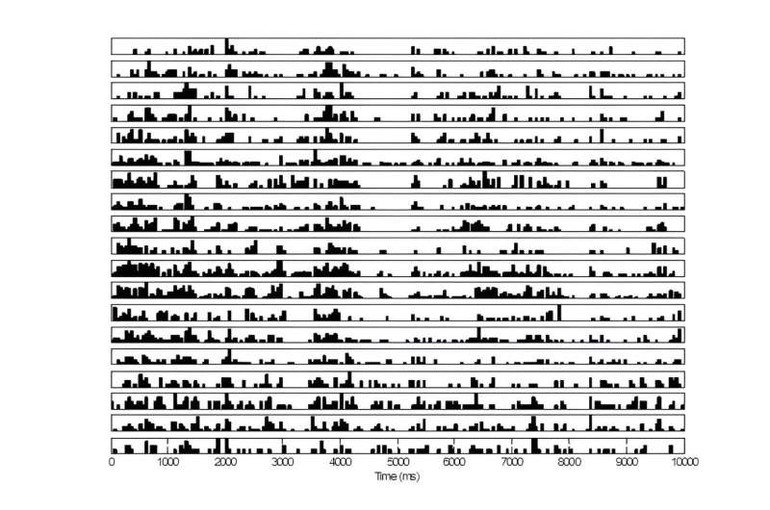Primates “read” the body language of relatives before contacting them – scientists – News
[ad_1]
How primates “read” each other’s body language before interacting
Mari1Photo/Depositphotos
Scientists from Rice University in the USA studied the behavior of a pair of macaques in the natural environment and found that the animals “read” the body language of other primates before approaching them and making contact.
Their brains use information about the behavior of other animals in real time to make decisions about interactions.
This is stated in a study published in the journal Nature, writes MedicalXpress.
For the first time, scientists used telemetry devices to record cortical neural activity in the visual and prefrontal cortex of macaques. This process took place live in a natural environment for primates, when they interacted with each other.
Scientists tracked how the animals “negotiate” further actions with the help of eye contact and body language.
“Until now, we didn’t know how what we look at affects our decision to cooperate or not. The reason was the inability to measure oculomotor events and correlate them with what the neurons are doing at that moment“, explained Valentin Dragoy, professor of electrical engineering and computer engineering.
Previously, neuroscience was based on research conducted in laboratory conditions. Animals performed tasks in isolation from each other in response to artificial stimuli on a computer screen.
“It has been the golden dream of neuroscientists for a long time – to record signals from neurons live while the animal is moving freely.
We tracked populations of neurons in the visual cortex – the part of the brain that extracts information about vision – and the prefrontal cortex – the executive region that encodes our decision to perform certain actions.”Dragoi noted.
In the experiment, for several weeks, two pairs of macaques were observed, which learned to work together for a reward – food.
Monkeys moved freely in an enclosure separated by a clear partition.
Animals learned that pressing a button would make a tray of snacks available. But the scientists made the task more difficult and only gave the animals incentives when they pressed the button at the same time.
The macaques’ cooperative skills improved, so the frequency with which they showed socially meaningful signals increased and turned into coordinated actions.

Temporal responses of simultaneously recorded neurons of the visual cortex during the perception of natural images
Valentin Dragoy/Rice University
“This technology allows us to distinguish between active and passive vision. Active vision is when we act on the stimulus we are looking at with a purpose. For example, when I am involved in social interaction, I act in a certain way, receiving and using visual information to collaborate.
We were able to see how populations of sensory neurons extract information, transmit it to the executive domain, and how they synchronize in real time to make cooperative decisions.”the scientist noted.
It will be recalled that scientists recently studied the effects of pregnancy on the body of pregnant primates. They found out that changes occurred in all organs of pregnant monkeys.
[ad_2]
Original Source Link











